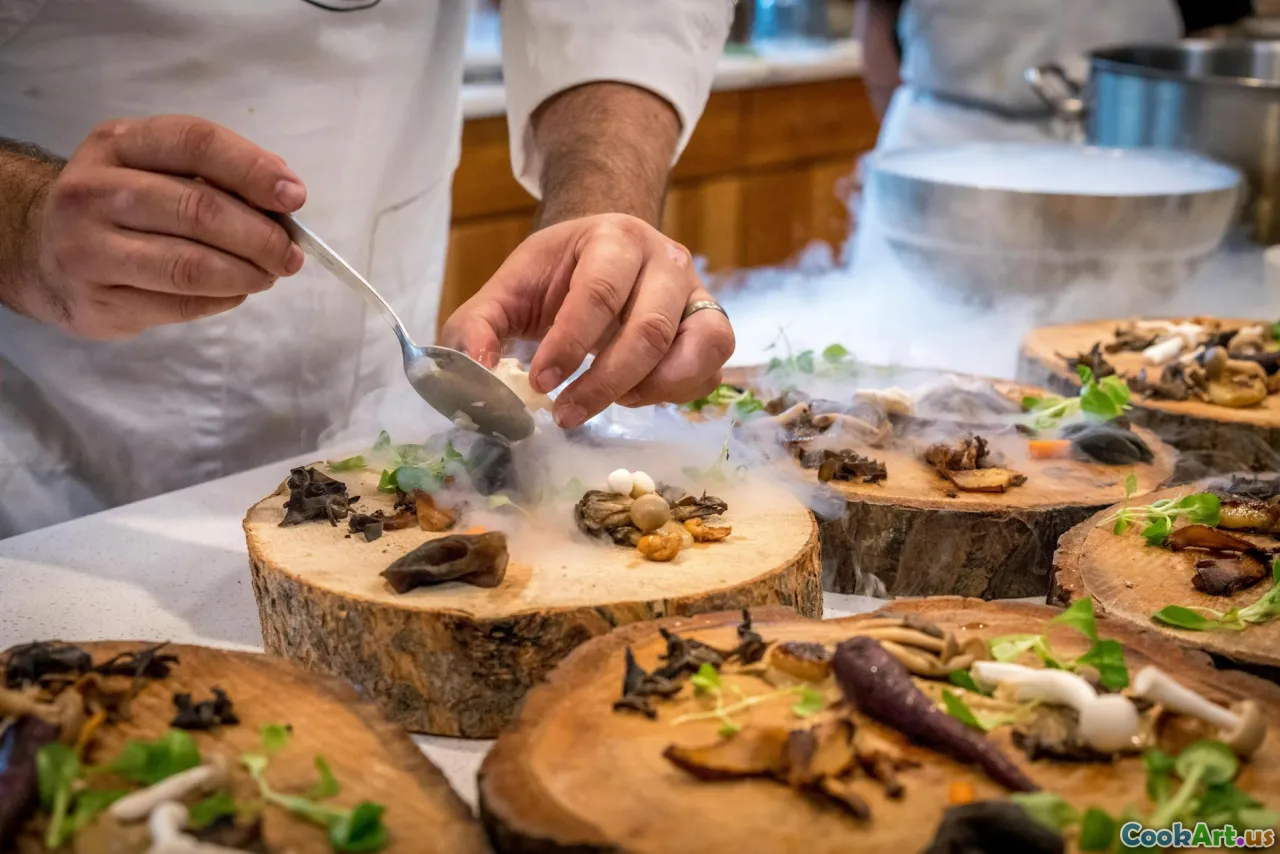The Role of Texture in Cuisine
5 min read Explore how texture influences the culinary experience, enhancing flavor and enjoyment across global cuisines. April 09, 2025 16:45
The Role of Texture in Cuisine
Texture plays a pivotal role in the culinary experience, influencing not only how food feels in the mouth but also how it tastes. This article delves into the intricacies of texture, its impact on flavor perception, and its cultural significance across various cuisines.
Understanding Texture
Texture refers to the physical feel of food, which can range from creamy to crunchy, smooth to fibrous, and everything in between. It is a sensory attribute that significantly contributes to the overall eating experience. Our palate does not only appreciate flavors but also the variety of textures that food can provide.
The Science of Texture
Texture is largely determined by the composition and structure of the food. Factors such as moisture content, fat, and cooking methods all contribute to the texture. For instance, steamingvegetables retains their crispness, whileboiling can result in a mushy consistency. The Maillard reaction, a chemical reaction between amino acids and reducing sugars that gives browned food its distinctive flavor, also plays a role in creating appealing textures in roasted or grilled foods.
Texture and Flavor Perception
Research indicates that texture can alter our perception of taste. A crunchy texture can enhance the perception of freshness, while a creamy texture can evoke richness. For example, the contrast between a crispy batter and tender fish in a fish and chips dish not only provides a delightful mouthfeel but also enhances the overall flavor experience.
Cultural Variations in Texture
Different cultures embrace textures in unique ways. In Japanese cuisine, the concept of umami is often accompanied by a delicate balance of textures, such as the chewy texture of mochi or the silky smoothness of tofu. Similarly, French cuisine often includes a variety of textures, from the flaky pastry of a croissant to the creamy filling of a mousse. Each texture serves to elevate the dish, engaging diners on multiple sensory levels.
The Role of Texture in Cooking Techniques
Various cooking techniques enhance or alter the texture of food, making them essential tools in a chef's repertoire. Here are a few noteworthy methods:
- Sous Vide: This technique allows for precise temperature control, resulting in perfectly tender meats without overcooking.
- Frying: Deep frying creates a crispy outer layer while keeping the inside moist, as seen in dishes like tempura.
- Blanching: This brief cooking method preserves the bright color and crisp texture of vegetables, making them more appealing in salads.
Textural Contrast as a Culinary Strategy
Many chefs intentionally play with contrasting textures to create a more dynamic eating experience. For example, a dessert might feature a creamy mousse topped with a crunchy praline, or a savory dish may combine smooth polenta with crispy fried shallots. These contrasts not only enhance flavor but also engage the diner, making each bite exciting.
Conclusion: The Importance of Texture in Dining
In conclusion, texture is an essential component of cuisine that goes beyond mere aesthetics. It shapes our flavor perceptions, influences our enjoyment, and reflects cultural traditions. As you explore different culinary landscapes, consider how texture plays a role in your meals. Whether it’s the crunch of a fresh vegetable, the creaminess of a rich sauce, or the chewiness of artisan bread, texture is a vital part of the food experience that deserves appreciation.
Let your palate guide you as you embrace the myriad of textures in the culinary world, celebrating the delightful contrast and harmony that they bring to our plates.









